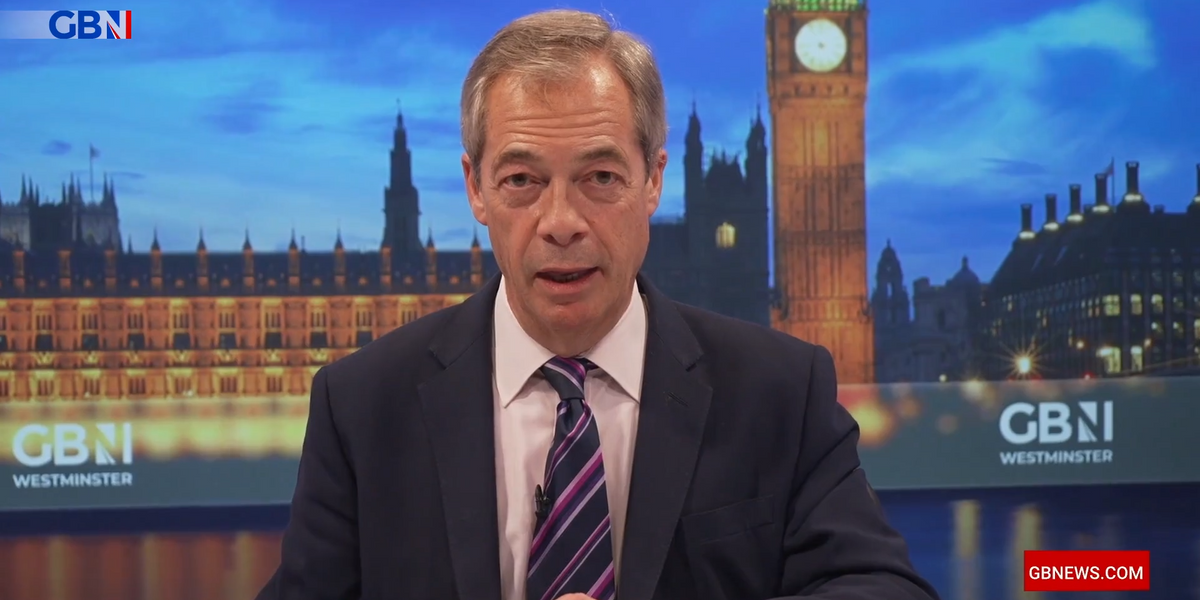
Traders work on the floor of the New York Stock Exchange.
Getty Images
The shows the honeymoon for President Donald Trump with the markets is over.
A look at the index activity from 2016 until Jan. 29, 2018, shows daily ranges — low to high — are small and about the same size. The general uptrend is not interrupted by days of significantly large daily ranges. It was a smooth, stable trend.
By February 2018 the nature of the trend irrevocably changes — in the extent of volatility and direction.
First consider the volatility. After February the market is dominated by large daily ranges. The daily range between the low and the high expands dramatically and it remains very large — particularly when compared to the daily ranges of the previous two years.
After February the nature of the direction also changes. This is relentless volatility with sharp moves to the downside, fast and short-lived rallies and more market collapses. There is no stable trending behavior. There is no reliable underlying trend.
Think of this like a spinning child’s top. Initially the gyrations are small and stable, but then they expand and become widely unstable just before the top falls over.
This is all evidence of a market in turmoil and evidence of the end of an uptrend. The reverse — the beginning of a downtrend — is not immediately true. It is clear the uptrend has ended but the nature of any new downtrend is not yet clear.
Simple trend line analysis, and analysis with the Guppy Multiple Moving Average (GMMA) indicator shows the long uptrend has decisively ended. The long-term group of averages, which are a guide to investor activity, have compressed, turned down, and have started to develop separation.
This shows investors are taking the opportunity to exit the market on rallies and sell the market short.
The short-term GMMA shows investors have joined this selling. At the end of March, the short-term GMMA moved completely below the lower edge of the long-term GMMA. This is usually associated with the beginning of a downtrend.

The bulls identify a potential double-bottom pattern around the 2,580 level, but this has been broken by multiple intraday lows. Bears point to the double top trend reversal pattern that developed in February and March.
The major support area is near 2,480. This is based on the consolidation area that developed in July and August of 2017.
The S&P and other U.S. index charts do not show any clear pattern to enable the setting of a downside target.
However the clearly visible changes in volatility behavior, and the compression and rollover of the long-term GMMA show beyond doubt that the long-term uptrend has ended. The S&P chart shows how easy it is to start a trade war and how easy it is to kill a market.
Daryl Guppy is a trader and author of Trend Trading, The 36 Strategies of the Chinese for Financial Traders, which can be found at www.guppytraders.com. He is a regular guest on CNBC Asia Squawk Box. He is a speaker at trading conferences in China, Asia, Australia and Europe. He is a special consultant to AxiCorp.
For more insight from CNBC contributors, follow @CNBCopinion on Twitter.
24World Media does not take any responsibility of the information you see on this page. The content this page contains is from independent third-party content provider. If you have any concerns regarding the content, please free to write us here: contact@24worldmedia.com
Latest Posts

Nigel Farage threatens NatWest with court proceedings to resolve debanking scandal


Amazon delivery driver ‘desperate’ for toilet smashed head on into car

Ricky Norwood set for ITV Dancing on Ice axe as dance expert exposes worrying ‘narrowing down’ trend


HMRC to give hundreds of thousands of households a £300 tax-free payment from today

The culpability for this recession must surely lie with the Bank of England

BBC The Apprentice viewers slam ‘awkward editing’ as contestant cut from spin-off show

BBC to air Steve Wright’s final Top of The Pops appearance amid backlash for treatment of late star

I point the finger of blame far more at the Bank of England than the government on recession